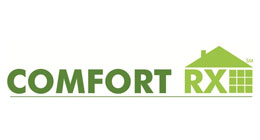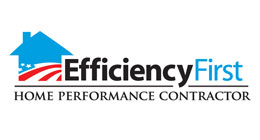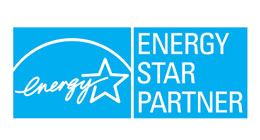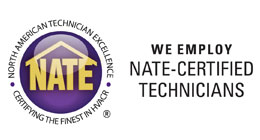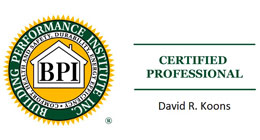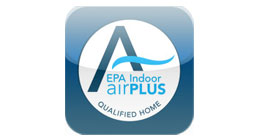Indoor Air Quality
The indoor air you breathe can be hazardous to your health without any telltale signs. Indoor air can be 5x to 8x more polluted than the air outdoors.
Modern building science suggests that we Build Tight and Ventilate Right.
Today, we build homes tighter to save energy, improve durability and enhance our client’s comfort. We have learned that uncontrolled air leakage wasted energy, and brought in pollutants from outdoors like pollen, dust, and mold. The benefits of a tighter home comes with the need to add mechanical ventilation to control indoor air quality and manage interior moisture. For some builders it seems strange to build a tight home and then add ventilation; why not just leave it leaky? We now realize that tight homes offer the control of comfort, efficiency and durability while offering filtered, distributed ventilation, making these homes better and healthier. When ventilation and combustion air requirements are met, you can now build a tighter home without concern.
As of 2009, continuous mechanical ventilation is required by the widely adopted International Residential Code (IRC) and the International Energy Conservation Code. Most mountain communities adopted the 2012 version in 2014.
With a well-sealed, tight pressure boundary adjacent to the insulation, those insulation systems perform near their listed rating, and indoor air quality management is more effective and can save energy.
We recommend mechanical ventilation for every building, to promote great indoor air quality, but if your air leakage rate is below or may be improved to less than 35%, the need for fresh air to manage indoor air quality is much greater. Radon, Formaldehyde, Molds, Lead, and Volatile Organic Chemicals (VOCs) in building materials and furnishings, and other environmental pollutants in your home can negatively affect your health and the health of your home. Water vapor, while not a dangerous component of air, can damage building materials if condensation forms on windows or in building cavities. Water vapor, when it condenses on cold surfaces, is also a key ingredient in the formation of Mold.
In addition, Carbon Monoxide is poisonous, even at low levels. Source control is the best method for ensuring good indoor air quality. Ensure that gas or solid fuel combustion appliances, such as cooking facilities, furnaces, boilers, hot water heaters and fireplaces, are serviced regularly and venting properly to the outdoors. Concentrate on sealing all cracks, holes, and penetrations in walls and doors between attached garages and conditioned spaces in the home to keep automobile exhaust from entering the home. Consider installing an exhaust fan triggered by motion or your garage door opener for garage exhaust venting. Briefly venting the space when exhaust is present will make the garage and house safer.
So how do I know if I need ventilation?
Have a Radon test completed in your home. According to the Environmental Protection Agency, most homes in Colorado are at risk for Radon exposure due to soil conditions. According to the EPA, Radon exposure is the second-leading cause of lung cancer in the U.S. Testing (or retesting) is important after you perform any air sealing modifications to your home.
Please see here for more information.
Concerned about the Indoor Air Quality in your home?
Have us take a look!
What we can test for:
- Volatile Organic Compounds, (Formaldehyde, Benzene, Xylene, Toluene etc.)
- Particulate Matter
- CO2: Carbon Dioxide
- Temperature & Humidity
